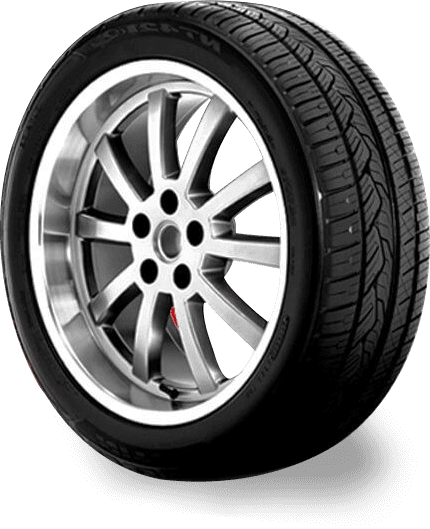
Oct . 13, 2024 06:50
Back to list
relief valves
Understanding Relief Valves A Crucial Component in Safety Engineering
Relief valves play an essential role in various engineering applications, particularly in pressure-sensitive systems. They are designed to protect equipment, pipelines, and storage vessels from the dangers of overpressure by automatically releasing excess pressure when it reaches a preset limit. This function is critical in preventing catastrophic failures, explosions, or equipment damage, thereby ensuring safety and reliability in industrial operations.
A relief valve typically operates using a spring-loaded mechanism. As the internal pressure of a vessel rises, it exerts a force against the valve seat. When this pressure exceeds the valve's set point, the spring is compressed, allowing the valve to open and release excess pressure. Once the pressure drops back to a safe level, the spring returns the valve to its closed position. This automatic operation makes relief valves invaluable in maintaining the integrity of pressurized systems.
There are several types of relief valves, including pressure relief valves, safety valves, and safety relief valves. Each type has its unique application and operational mechanism. Pressure relief valves are often used in processes where pressure needs to be controlled within specific limits, whereas safety valves are typically employed in steam and gas applications to release pressure quickly. Safety relief valves combine features of both types and are used in various industries, including oil and gas, chemical processing, and power generation.
relief valves

Choosing the correct relief valve for a particular application involves understanding the specific requirements of the system, including the type of fluid, operating pressure, and temperature. Materials of construction are also a crucial consideration, as they must withstand the corrosive nature of some substances and the high temperatures that may be present.
The performance of relief valves is subject to strict industry standards, and regular maintenance is essential to ensure their reliability. Malfunctioning relief valves can lead to severe accidents, highlighting the importance of proper installation, regular inspections, and timely replacements. Engineers conduct rigorous testing to ensure that these valves respond accurately to pressure changes, including burst tests and fatigue evaluations.
In conclusion, relief valves are vital components in many industrial systems, providing a fundamental safety mechanism against pressure build-up. Their proper function not only protects assets but also safeguards human lives. As industries continue to evolve, the technology associated with relief valves is likely to advance, integrating smart technology for real-time monitoring and enhanced safety features. Understanding and implementing the correct relief valve solutions will remain a priority for engineers looking to optimize safety and efficiency in their operations.
Latest news
-
Safety Valve Spring-Loaded Design Overpressure ProtectionNewsJul.25,2025
-
Precision Voltage Regulator AC5 Accuracy Grade PerformanceNewsJul.25,2025
-
Natural Gas Pressure Regulating Skid Industrial Pipeline ApplicationsNewsJul.25,2025
-
Natural Gas Filter Stainless Steel Mesh Element DesignNewsJul.25,2025
-
Gas Pressure Regulator Valve Direct-Acting Spring-Loaded DesignNewsJul.25,2025
-
Decompression Equipment Multi-Stage Heat Exchange System DesignNewsJul.25,2025

